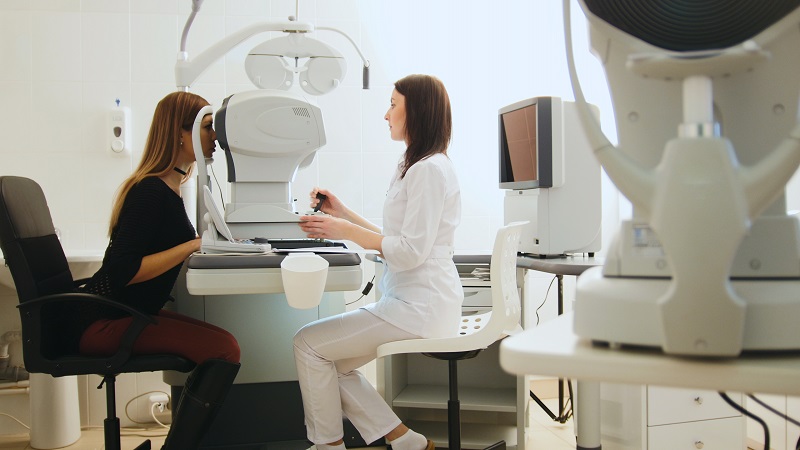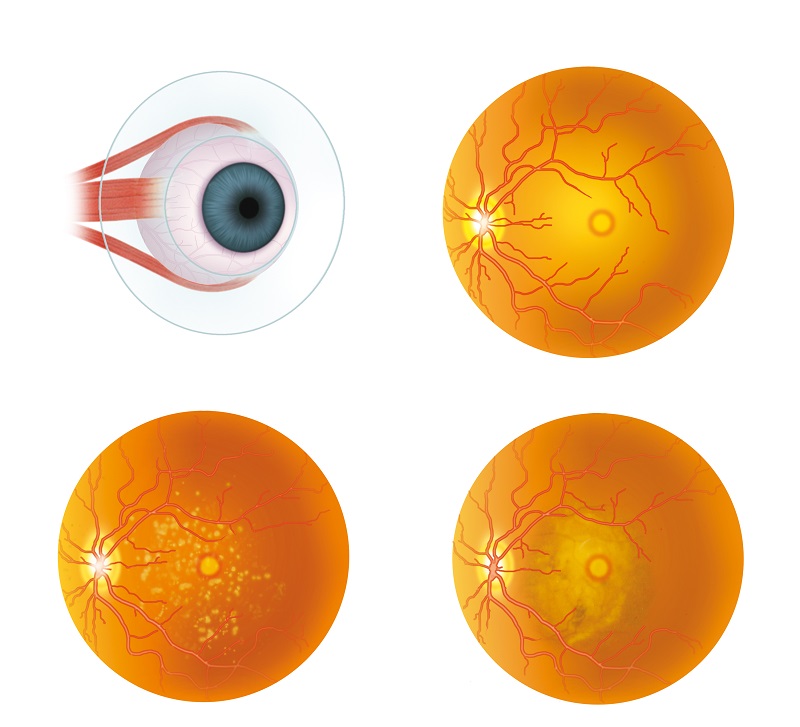
Intraocular pressure is the term used to describe the fluid pressure inside an eye. This is measured using tonometry, which provides readings in millimeters of mercury (mmHg).
Sometimes pressure in the eye becomes excessive, leading to a condition known as ocular hypertension. You may notice no symptoms, which is why it is so important to schedule regular eye examinations to check for changes in pressure. A reading of 21 mmHg or more is usually considered higher than normal.
Causes of High Intraocular Pressure
Various problems can lead to high intraocular pressure. The best course of treatment will depend on the root cause of the condition.
- Excessive Fluid Production – The aqueous is the clear fluid inside the eye. It is produced by the ciliary body and moves between the iris and cornea. If too much is produced, it will increase pressure within the eye.
- Inadequate Fluid Drainage – Inadequate drainage of fluid can also cause ocular hypertension. The fluid that moves through the eye eventually drains through the trabecular meshwork, which is found where the iris and cornea meet. If it doesn’t drain properly, it can cause imbalance and build pressure in the eye.
- Eye Injury and Trauma – Any trauma inflicted on the eye can affect the aqueous. The effects may not be noticed until months later, which is why all injuries should receive treatment right away.
- Medications – Some medications can cause high intraocular pressure, including steroids prescribed for asthma.
A condition like corneal arcus or pigment dispersion syndrome can also change the pressure in the eye. Contact Grosinger, Spigelman & Grey Michigan’s Leading Eye Care Physicians located in Bloomfield Hills, Michigan for an appointment to measure your intraocular pressure and check for conditions like glaucoma.



